High Weald Landscape Trail - The Final Push
19 - 21 April 2022
On the 21 stof April 2017 we began a two and a half day walking holiday along the High Weald Landscape Trail, a long-distance path stretching from Horsham to Rye. In 2018 we reached Eridge Green and in 2019 we reached Benenden. This holiday was to finish the trail, arriving at Rye on the 21 stof April, five years to the day after starting out. The holiday in 2017 was notable for the profusion of bluebells and they were no less apparent this time. However, in this part of the High Weald, ramsons are equally prolific, not least in the magical Tilder Gill, where the stream has carved a deep cleft in the countryside and the extensive white carpet of the ramsons looked utterly wonderful. Also in evidence along the trail were wood anemones, ladies' smock, stitchwort, garlic mustard and quite a few early purple orchids. Singing away above were great tits, robins, wrens, chaffinches, blackbirds, song thrushes, chiffchaffs, blackcaps, a green woodpecker and one very notable nuthatch. Butterflies were not that abundant but there were several sightings of speckled wood, orange tip, small white and one small tortoiseshell. (Thanks Vivien) The whole of the trail enjoys the comely delights of the High Weald, rightly designated an area of outstanding natural beauty, and this section did not disappoint. It was a pleasure to walk through this gently rolling landscape and even the toil up the occasional steepish hill was worth the views from the top. From Benenden, on the first day, we walked the seven miles to Tenterden. On the second day, from Tenterden, some chose to stop off at Small Hythe and some to stop at Wittersham, taking advantage of a taxi ride back to the Flackley Ash Hotel, our base for the holiday. The majority completed the nine-mile hike where the hot tub in the hotel was a welcome way to soothe the tired limbs. On the final day, the three-mile stroll to Rye was accomplished with time to spare for a coffee in town before collecting our luggage and taking the train back to Lewes. And the two most abiding memories are firstly the thousands, probably tens of thousands, of lambs along the way. They were carefully divided into fields of twins and fields of triplets, with virtually no single lambs to be seen. Secondly, the fields of rape, an offensively-bright sea of yellow that often seemed to stretch to the horizon. The
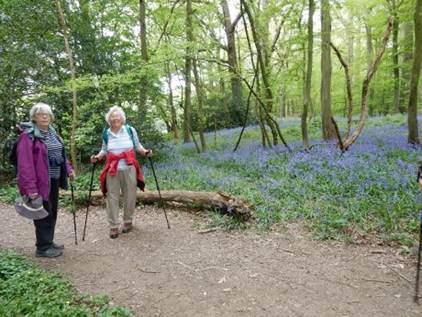
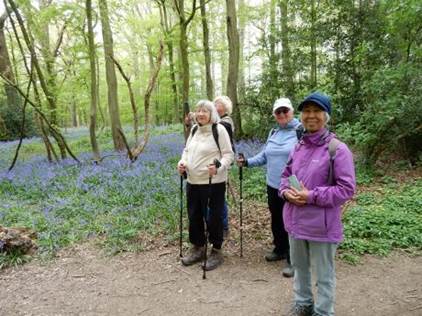
It began with bluebells and more bluebells
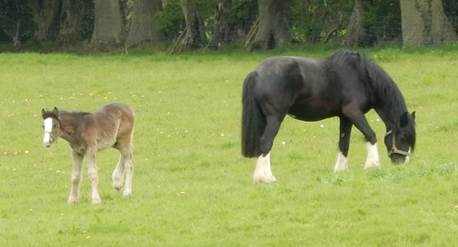
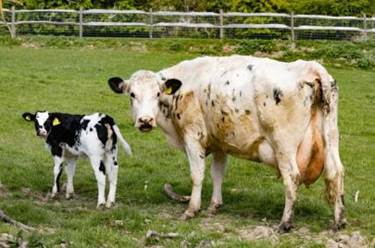
Spring has sprung again
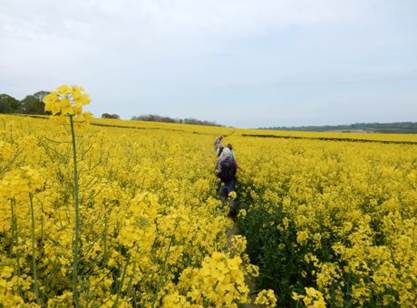
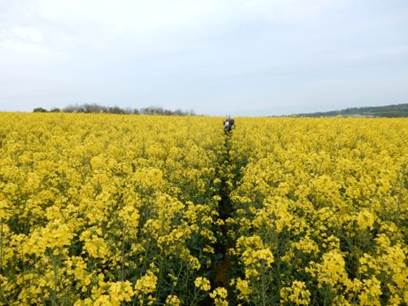
Now you see them - just Now you do not
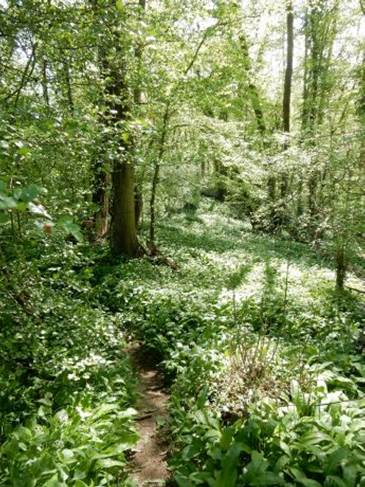

Ramsons in Tilder Gill